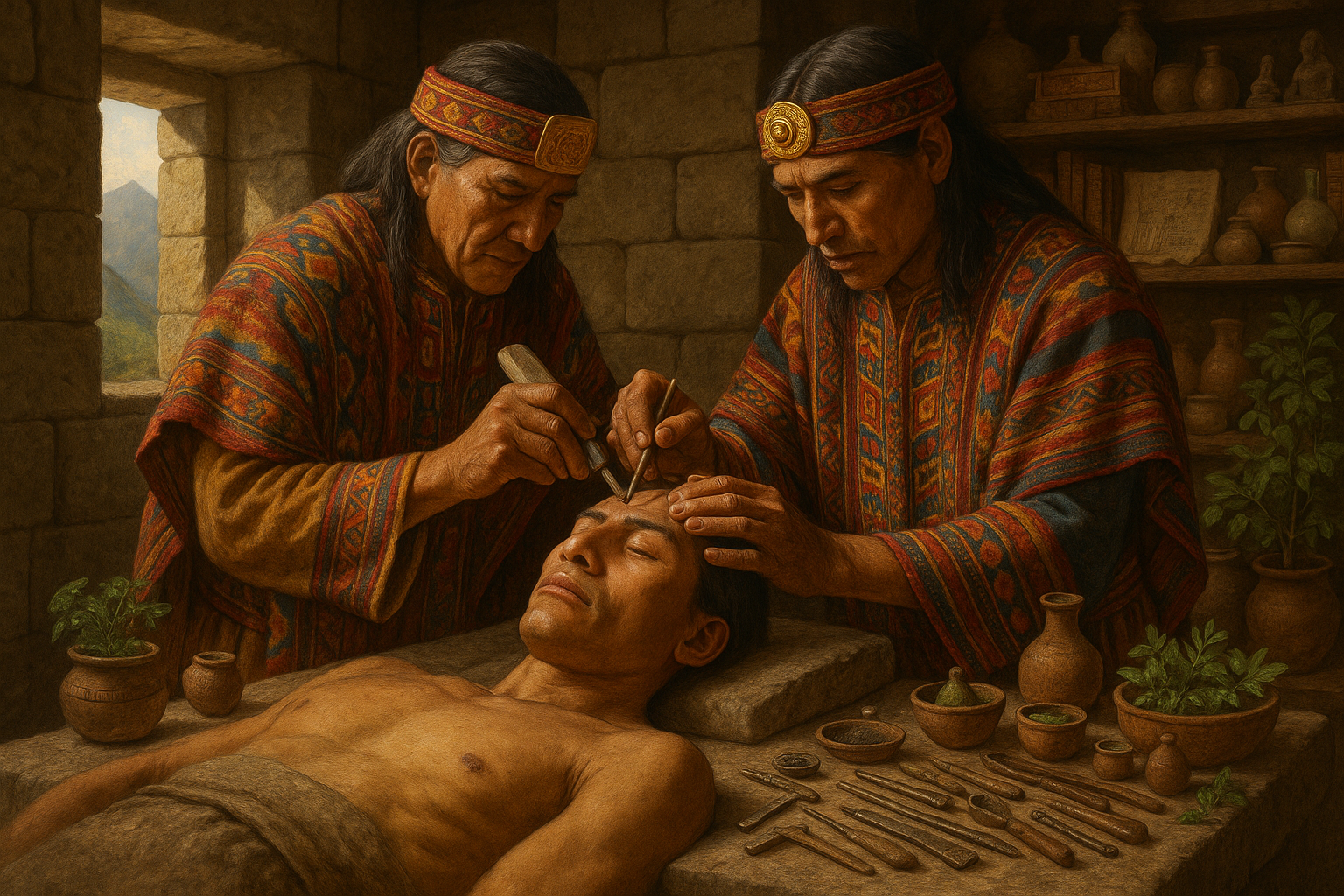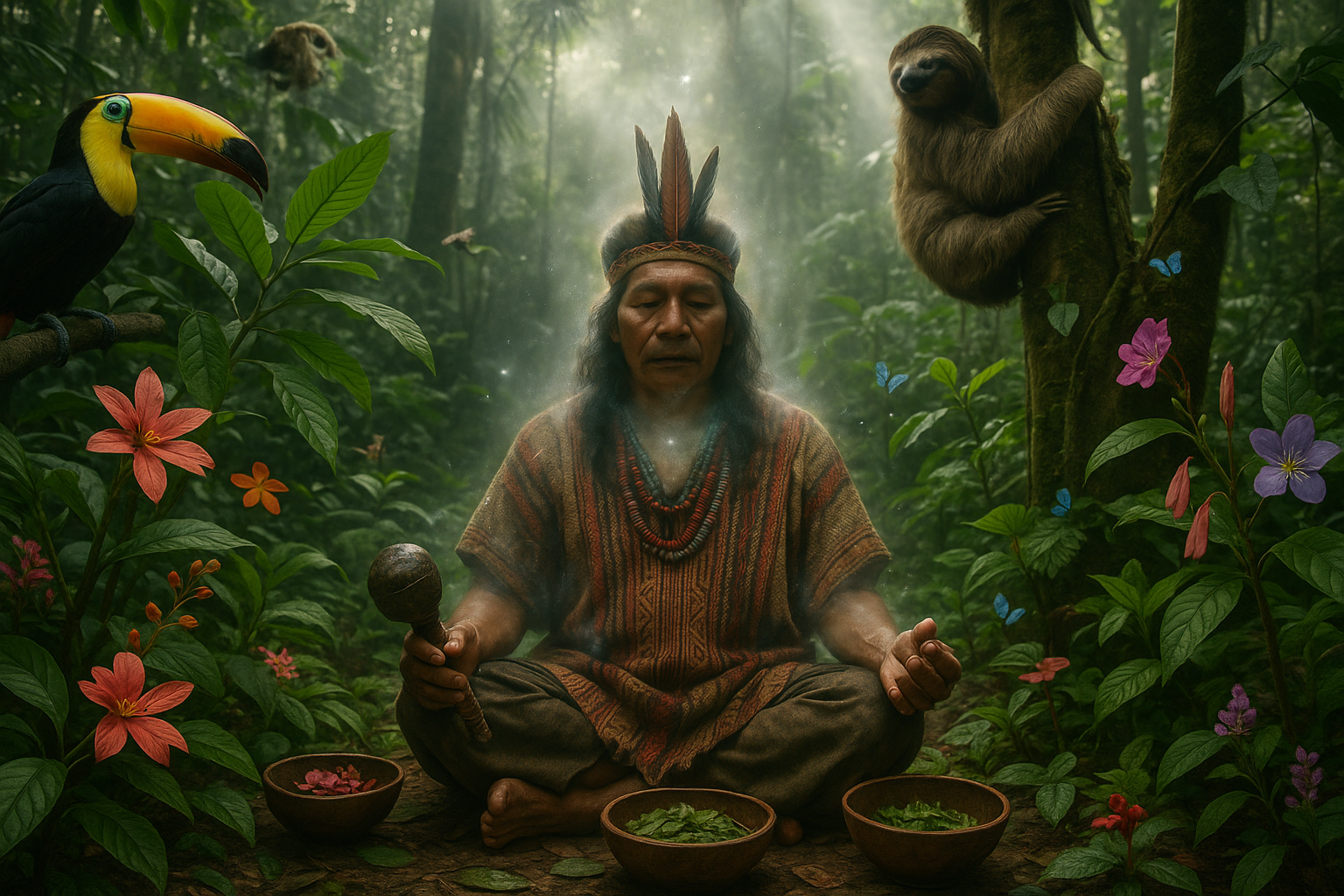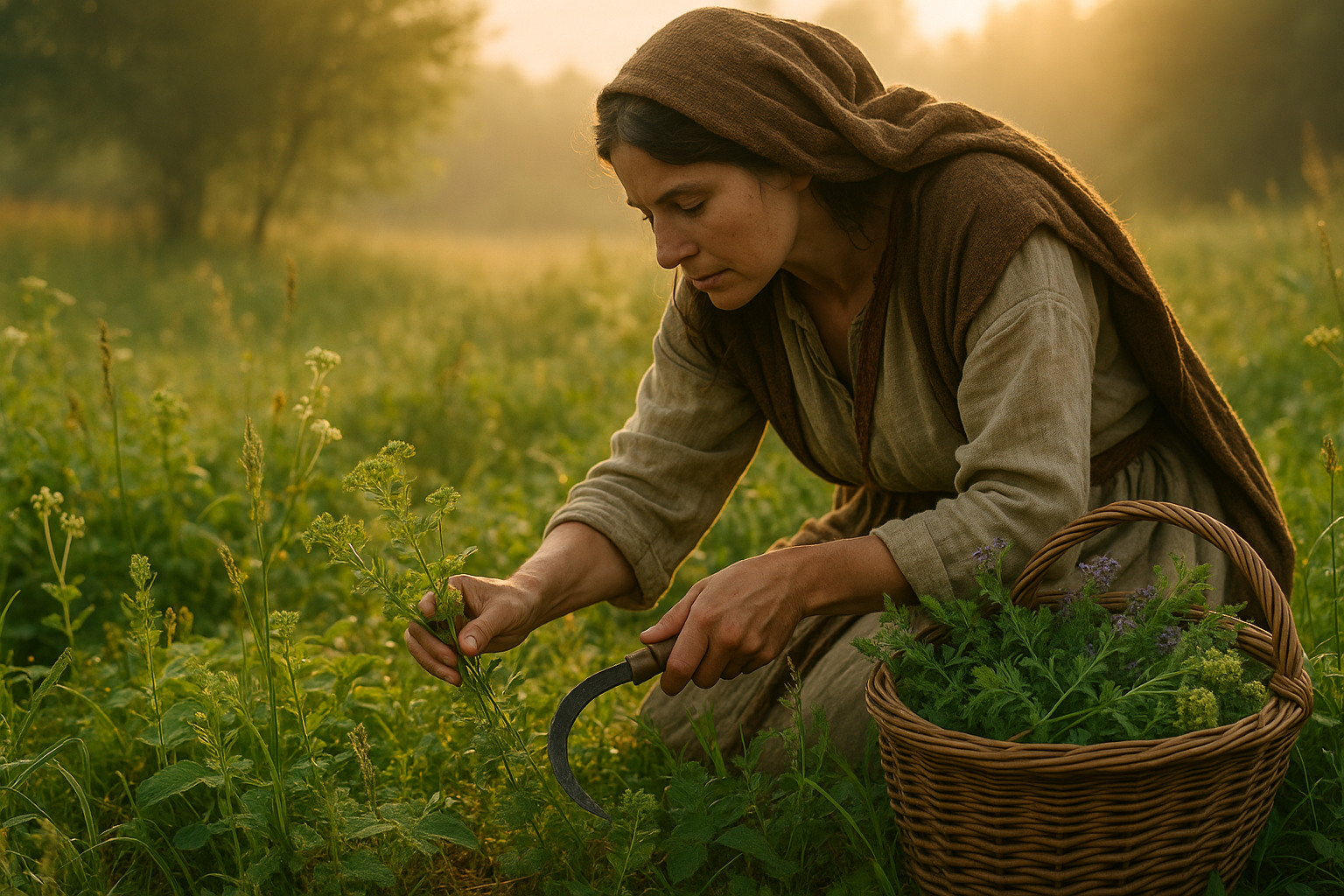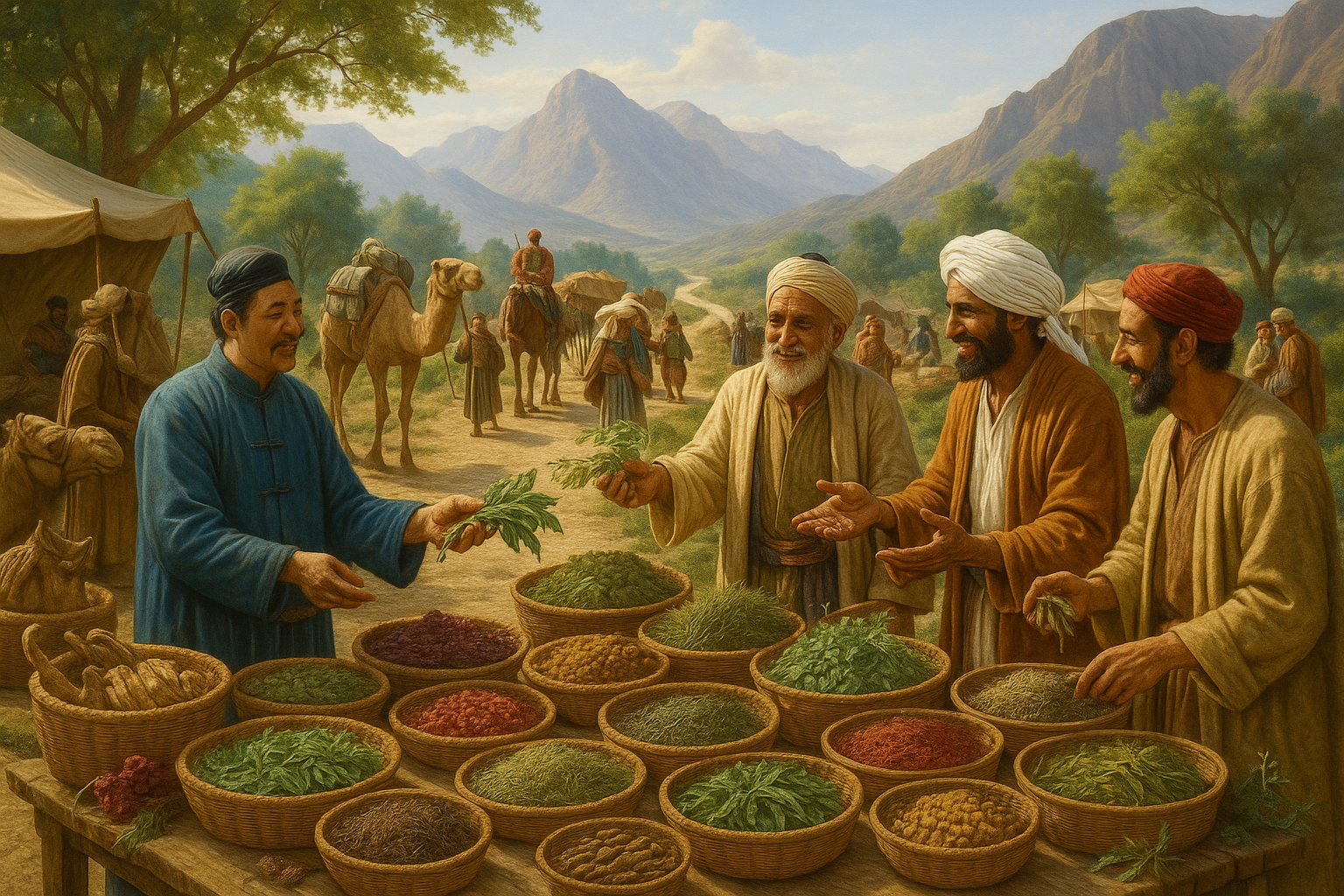Imagine a time long before modern medicine, when civilizations crafted intricate solutions to life’s most daunting challenges. Among these ancient societies, the Incas stand out for their profound understanding of the human body and their groundbreaking medical practices. 🏺 One of the most fascinating aspects of Incan medical expertise is their cranial surgery, a technique that not only saved lives but also demonstrated a level of sophistication that still intrigues researchers today.
The idea of ancient surgeons delicately navigating the human skull might sound like the plot of an adventurous historical novel, but this was a reality for the Incas. Their advanced methods for cranial surgery, particularly trepanation, were remarkably successful, even by today’s standards. As we delve into these ancient secrets, we uncover a rich tapestry of knowledge, ingenuity, and cultural depth that challenges our perceptions of prehistoric medical capabilities.
This exploration is not just about marveling at ancient wisdom; it’s about understanding how these revolutionary techniques for healing and restoration have influenced medical practices throughout history. The Incas, with their limited resources, managed to achieve what many thought impossible, leaving behind a legacy of medical achievements that still echo in the halls of modern medicine.
Throughout this article, we will journey through the historical context of the Incan Empire, a civilization renowned for its architectural wonders and expansive territories. We’ll explore how their environment and societal needs spurred innovation in medical practices. 🌄 The techniques they developed for cranial surgery were not only advanced for their time but also reveal a deep understanding of human anatomy and healing processes.
Our exploration will also touch upon the tools and materials the Incas employed. Imagine the precision required to perform surgery using stone tools, and yet, the Incas managed to perfect such techniques with a high degree of success. This mastery over their craft raises intriguing questions about their knowledge base and training methods.
Moreover, we will delve into the fascinating reasons behind these surgeries. While many were performed to treat physical trauma, possibly due to conflicts or accidents, some theories suggest ritualistic or spiritual motivations. This dual purpose highlights the complex interplay between health, culture, and spirituality in Incan society.
Additionally, we will look into the implications of these ancient practices on modern medicine. By understanding how the Incas approached surgery, contemporary medical practitioners and researchers can gain insights into alternative healing techniques and holistic approaches to patient care.
As we unravel these ancient secrets, it becomes clear that the Incas were not merely experimenting; they were pioneering techniques that would lay the groundwork for future advancements in surgery. The precision, care, and success rates of their procedures challenge the notion that sophisticated medical practices are a product of modern science alone.
Join us on this captivating journey as we uncover the ancient secrets of Incan cranial surgery. Discover how their revolutionary techniques for healing and restoration continue to inspire and inform medical practices today. 🌿 Through this exploration, we aim to appreciate the remarkable achievements of the Incas and acknowledge their rightful place in the annals of medical history.

Conclusion: Unveiling the Ancient Mastery of Incan Cranial Surgery
Throughout this exploration of the ancient Incan practices of cranial surgery, we’ve delved into a remarkable aspect of medical history that showcases human ingenuity and resilience. The Incas, through their innovative techniques and profound understanding of the human body, were able to perform complex surgical procedures that not only alleviated pain but also contributed to the survival and health of their people. 🏔️
We began by examining the historical context in which these practices were developed, highlighting the cultural and spiritual dimensions that underpinned Incan medicine. This foundation was crucial in fostering a holistic approach to healing, where physical, mental, and spiritual well-being were interlinked. The use of natural anesthetics and antiseptics derived from local flora, as well as the detailed knowledge of cranial anatomy, were just a few elements that set the stage for their medical prowess.
Our journey took us through the specific techniques employed by Incan healers, such as trepanation, which involved creating openings in the skull to treat head injuries or relieve intracranial pressure. The success rates of these surgeries, as evidenced by archaeological findings, were surprisingly high, a testament to the skill and precision of these ancient practitioners. 🛠️
Moreover, we considered the modern implications of these ancient techniques. Today’s medical community can draw inspiration from the Incas’ ability to adapt and innovate using the resources available to them. As we face contemporary challenges in global health, looking back at such historical successes can inspire new ways of thinking and problem-solving. This historical perspective encourages us to appreciate the cumulative knowledge of medical practices over the centuries and consider how we might integrate traditional wisdom with modern technology. 💡
The importance of this topic extends beyond historical curiosity; it serves as a reminder of the interconnectedness of human history and the shared journey of discovery and healing. By understanding and respecting the medical achievements of the past, we can foster a more inclusive narrative in the history of medicine, one that acknowledges contributions from diverse cultures and societies.
As we conclude this exploration, I encourage you to reflect on how these insights into Incan cranial surgery might influence your perception of ancient knowledge and its relevance today. Feel free to share your thoughts in the comments below or engage with this topic by sharing this article with others who might find it intriguing. Together, let’s continue to uncover the hidden gems of our shared human heritage and apply these lessons to build a healthier future for all. 🌍
For further reading and to dive deeper into the fascinating world of Incan medicine, consider exploring the following resources:
- PNAS: Cranial Surgery in Ancient Peru
- NCBI: The Inca and their Trepanation Techniques
- Encyclopedia Britannica: Inca Civilization
Thank you for joining this journey through time and medicine. May it inspire continued curiosity and innovation. 🧠✨
Toni Santos is a researcher and practitioner specializing in the study of ancestral healing systems, energetic frameworks of the body, ancient herbal traditions, and sacred operative procedures. Through an interdisciplinary and historically-rooted lens, Toni investigates how humanity has preserved and transmitted knowledge of preventive health, subtle anatomy, plant medicine, and ritual intervention — across cultures, lineages, and sacred traditions. His work is grounded in a fascination with healing not only as physical remedy, but as carriers of hidden wisdom. From ancestral preventive health practices to energetic healing maps and ritual operative techniques, Toni uncovers the visual and symbolic tools through which cultures preserved their relationship with the body, spirit, and plant world. With a background in ethnomedical history and comparative anatomy systems, Toni blends archival research with practical study to reveal how ancient societies used plants, energy, and ceremony to shape health, transmit wisdom, and encode sacred knowledge. As the creative mind behind jirenx.com, Toni curates illustrated frameworks, historical case studies, and symbolic interpretations that revive the deep cultural ties between ancestral medicine, energetic healing, and sacred procedure. His work is a tribute to: The lost healing wisdom of Ancestral Preventive Health Practices The guarded rituals of Energetic Anatomy and Healing Maps The ancient knowledge of Herbal Pharmacology of Antiquity The layered sacred practice of Ritual Surgery and Sacred Operations Whether you're a traditional medicine scholar, energetic healer, or curious seeker of ancestral health wisdom, Toni invites you to explore the hidden roots of sacred medicine — one practice, one map, one ritual at a time.




